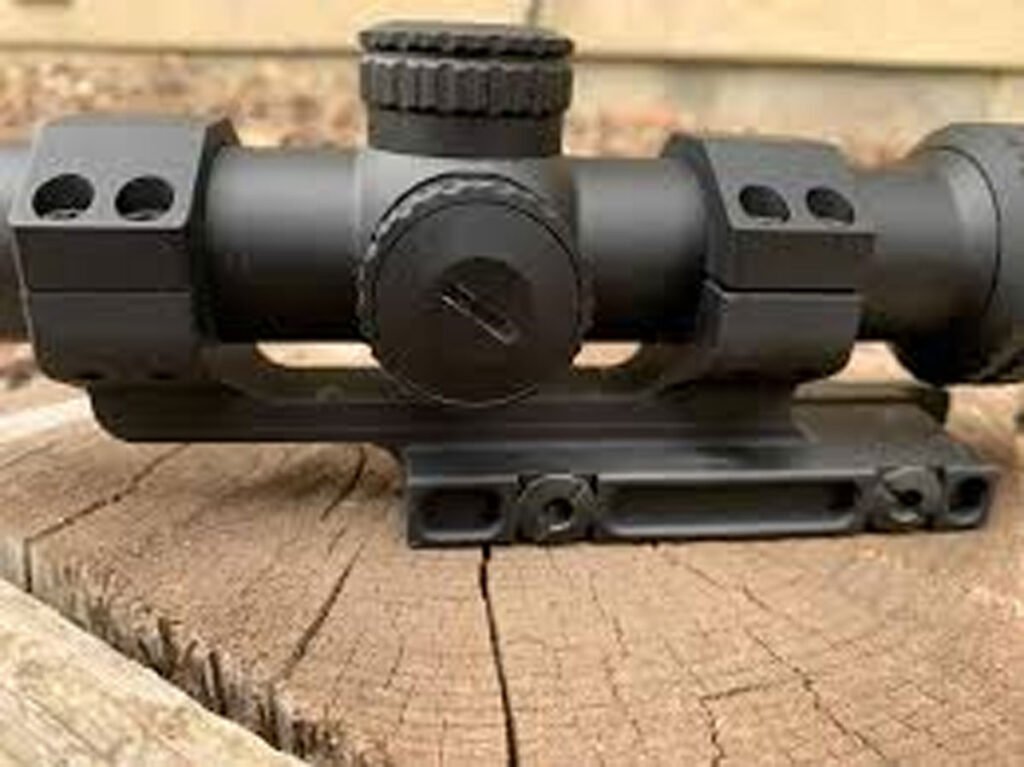Installing a rifle scope mount may seem straightforward, but even experienced shooters can make costly mistakes that affect accuracy, safety, and overall shooting performance. Whether you are mounting a new optic or upgrading an existing setup, paying attention to the details can save time, money, and frustration. For those using a Ruger 10/22 scope mount, understanding common installation errors is especially important to ensure consistent performance.
Not Choosing the Right Mount
One of the most common mistakes shooters make is using the wrong mount for their rifle or scope. Scope mounts come in different heights, styles, and attachment methods. Selecting a mount that does not match your rifle’s specifications can result in poor alignment, unstable optics, and difficulty acquiring targets. Always verify that the mount is compatible with your rifle model and the diameter of your scope tube before installation.
Ignoring Proper Alignment
Proper alignment between the rifle, mount, and scope is crucial for accuracy. A misaligned scope can cause inconsistent shot placement, especially at longer distances. Take the time to check both the horizontal and vertical alignment before tightening any screws. Using tools such as a scope leveling kit can make this process much easier and more precise.
Over-Tightening Screws
While it may be tempting to tighten screws as much as possible to secure your mount, over-tightening can damage both the mount and your rifle. Aluminum mounts, in particular, are susceptible to stripping, while excessive torque on steel bases can warp the scope or affect its zero. Always use a torque wrench and follow the manufacturer’s recommended specifications to avoid damage.
Under-Tightening Screws
On the opposite end of the spectrum, under-tightening screws is another frequent mistake. A mount that is not securely fastened can shift during shooting, leading to inconsistent performance and potential damage to the scope. After installation, double-check all screws and consider re-torquing them after your first few rounds to ensure stability.
Neglecting Scope Rings
Scope rings play a critical role in holding the optic in place. Using mismatched or poor-quality rings can compromise the mounting system, resulting in a loose or uneven scope. Ensure that your rings are designed for the specific diameter of your scope tube and that they distribute pressure evenly across the optic. Uneven pressure can cause scope damage or inconsistent shot patterns.
Skipping the Bore Sighting Step
Bore sighting is an essential step to ensure that your scope is roughly aligned with the rifle’s barrel before live firing. Skipping this step can lead to wasted ammunition and frustration at the range. Bore sighting allows for easier adjustments and a quicker zeroing process, especially when installing a new scope or mount.
Ignoring Scope Eye Relief
Eye relief is the distance between your eye and the scope’s lens that allows you to see a full, clear image. Failing to set proper eye relief can lead to uncomfortable shooting positions or even injury from recoil. Always adjust the scope so that you have a full sight picture while maintaining a safe distance from the rifle’s bolt and recoil path.
Not Considering Recoil
Recoil can shift a poorly installed mount over time. Make sure that the mount and rings are designed to handle your rifle’s caliber and recoil pattern. Some mounts feature recoil lugs or additional stabilizing features that help prevent movement, which is especially important for rifles with heavy recoil.
Forgetting Regular Maintenance
Installing a scope mount is not a one-time task. Over time, screws can loosen, and mounts can shift. Regularly inspect your setup and make minor adjustments as needed. Clean mounting surfaces before installation to remove oil, debris, or residue that could affect screw torque and stability.
Choosing Appearance Over Function
While aesthetics may be appealing, choosing a mount based solely on appearance can compromise performance. Focus on functionality, durability, and compatibility with your rifle and shooting needs. A well-fitted, reliable mount will provide better accuracy and long-term satisfaction than a flashy but impractical option.
Final Thoughts
Avoiding these common mistakes when installing rifle scope mounts can significantly improve your shooting accuracy and overall experience. Always take your time, use the correct tools, and verify compatibility before securing your mount. For those working on a Ruger 10/22, a Ruger 10/22 scope mount provides a reliable foundation, but proper installation and attention to detail remain essential. By focusing on alignment, torque, and regular maintenance, you can ensure that your scope remains secure and precise for every shot.

